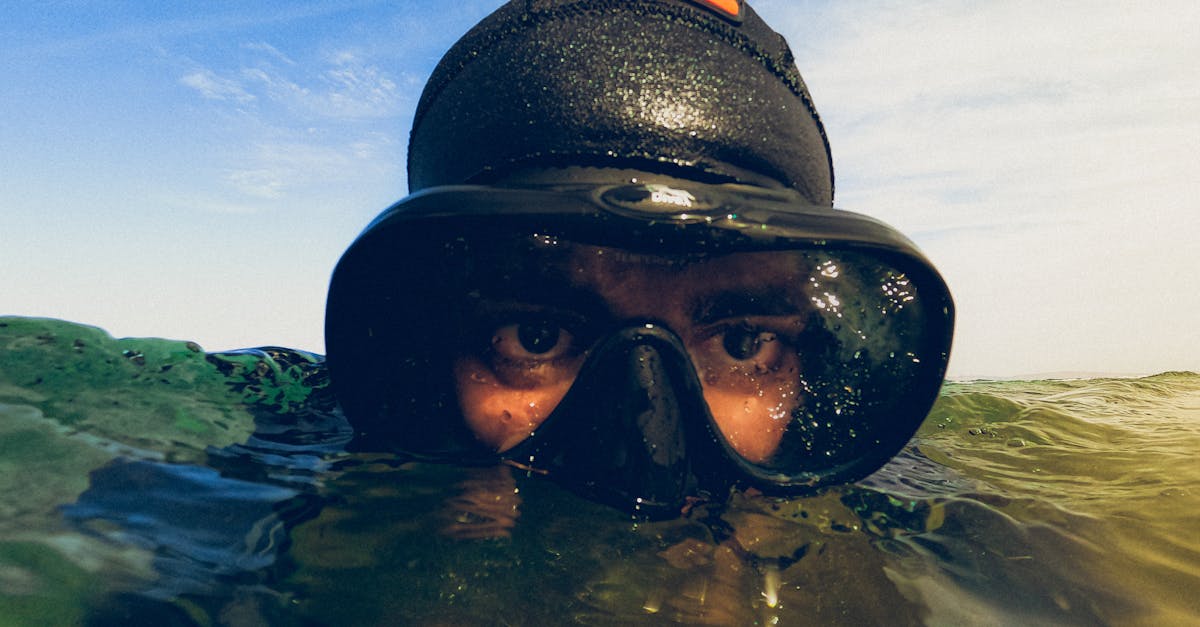Imagine easing your joint pain and enhancing your overall well-being just by stepping into a pool. Aquatic therapy offers you this refreshing and therapeutic experience. In water, you feel a weightlessness that relieves stress on your aching joints while providing a supportive environment for movement. Picture yourself gliding through the water, as if it’s giving your muscles a gentle hug, helping them recover and grow stronger.
Think about the many ways water-based therapy can benefit you. Whether you’re grappling with joint stiffness or recovering from an injury, these exercises can serve as a comforting balm. The gentle resistance of water not only helps in relaxing your muscles but also works wonders in improving balance and boosting your cardiovascular endurance. It’s a rare blend of relaxation and effective exercise that traditional methods might not offer.
Are you ready to dive into a new realm of healing and rehabilitation? Discover how experts use aquatic therapy to transform lives and learn how you, too, might benefit. Dive into the article and explore the secrets that water holds for your health and recovery.

Photo provided by Lucas Meneses on Pexels
Within the article
Understanding Aquatic Therapy
When you hear about aquatic therapy, you might wonder what it’s all about. Simply put, aquatic therapy is a type of physical therapy that takes place in water. The water can support your body in ways that land can’t. This makes it easier for many people, especially those who find traditional exercises difficult, to improve their health.
Aquatic therapy benefits those with joint pain relief, arthritis, and other conditions. Water’s buoyancy helps reduce the pressure on your joints. So, you feel less pain while moving. It’s a great option for those looking to ease their pain without stressing their bodies.
Key Elements of Aquatic Therapy
Hydrotherapy Benefits
One major part of aquatic therapy is hydrotherapy. Hydrotherapy involves water-based exercises that are gentle yet effective. When you participate in hydrotherapy, you’re working on muscle recovery. The water offers resistance, which helps strengthen your muscles without causing strain.
Hydrotherapy is great for muscle recovery because it allows you to move freely and engage in therapeutic swimming. These sessions can help improve flexibility and reduce muscle tension. Plus, being in the water can feel refreshing and relaxing.
Water Rehabilitation Techniques
Water rehabilitation involves special exercises designed to help you recover from injuries or surgeries. This approach is ideal for those who need to rebuild strength and mobility. The water’s natural resistance can help increase your range of motion.
If you have joint issues, water rehabilitation can be beneficial. It supports your joints, making movements less painful. Experts often recommend water-based therapy for rehabilitation because it allows you to move more freely than on land.
Aquatic Exercises for Everyone
Aquatic therapy offers exercises that anyone can do. Whether you’re young or old, the water can offer benefits. You might engage in exercises like walking in water or using pool noodles for balance. These simple movements can help enhance your strength and coordination.
With aquatic therapy, you don’t need to worry about high-impact exercises that may cause discomfort. The water supports you, making it a safe environment for trying new activities. If you’re unsure where to start, consider joining a class to learn water therapy exercises tailored to your needs.

Photo provided by Hossam Ashoor on Pexels
Learning from the Experts
Effective Rehabilitation Techniques
Experts in aquatic therapy know the best techniques to help you recover. They often use aquatic therapy programs designed to meet specific health goals. These programs can be tailored to your individual needs and preferences.
By working with experts, you gain access to advanced techniques that can expedite healing. They can guide you through exercises and monitor your progress. This ensures you are on the right path to recovery.
Physical Therapy Integration
Another great thing about aquatic therapy is how it can integrate with physical therapy. Many physical therapists incorporate aquatic methods into their treatment plans. This combination offers a comprehensive approach to recovery.
When you combine physical therapy with aquatic therapy, you maximize the aquatic therapy benefits. You can work on improving strength, balance, and flexibility. This holistic approach can be more effective than traditional methods alone.
Long-Term Muscle Recovery
Achieving long-term muscle recovery is a key goal of aquatic therapy. Regular participation helps maintain and improve muscle health over time. The consistent practice can lead to sustained recovery and enhanced overall function.
Aquatic therapy provides a consistent and low-impact environment. It supports long-term health goals and encourages continued improvement. Therefore, many people find it to be a suitable addition to their wellness routine.
Dive Into the Benefits
Engaging in water activities offers numerous benefits for your body and mind. You experience reduced joint stress, making it ideal for those with joint pain or stiffness. This form of movement supports muscle recovery and enhances your overall mobility. Furthermore, water’s natural resistance helps build strength and endurance, benefiting your cardiovascular health without the risk of high-impact injuries.
To get started, locate a center that offers water-based rehabilitation practices and schedule a session. If you prefer a community setting, check out local fitness centers with pools and inquire about classes. Consult with a health professional to tailor a program that meets your specific needs. Wearing comfortable swimwear and bringing a towel are all you need to begin.
Take the plunge today and explore this unique therapeutic option. You’ll discover a new way to enhance your well-being while enjoying the soothing effects of the water. Don’t wait—start your journey now and experience the transformation firsthand.
